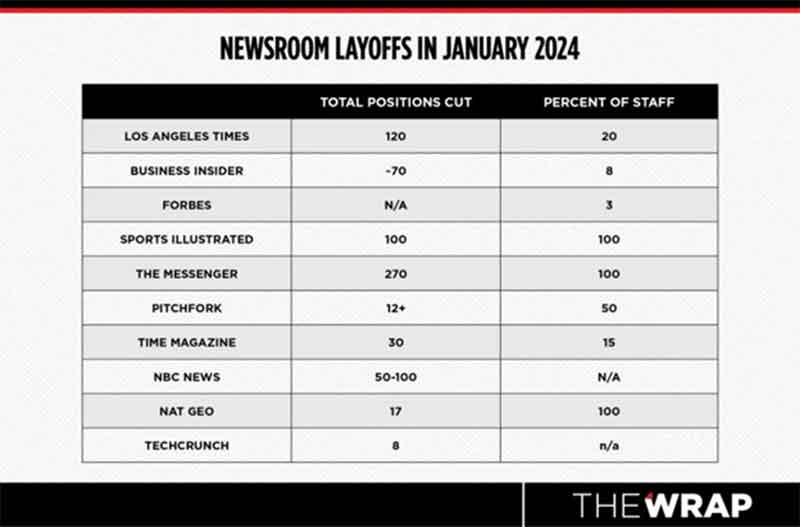
The past few years, we have seen the ranking of India in the World Press Freedom Index has been declining steadily. Two years back, in 2021, India slipped two spots to 142nd rank, a far cry from its 2016 ranking of 133. In 2022, the country’s ranking fell even further to 161st among 180 countries. This decline in press freedom is concerning, and it has raised alarms about the state of democracy and freedom of expression in the country. Thanks to this, the country’s ruling regime continued to snatch away the freedom of press, which further made things bad to worse. Let us dig in deep to get the real picture that haunts the country when it comes to the Press Freedom Ranking.
How does the World Press Freedom Index work?
The World Press Freedom Index is compiled by Reporters Without Borders (RSF), an international non-profit organization that advocates for press freedom and the safety of journalists around the world. The index ranks countries based on various parameters such as the safety of journalists, the legal framework for press freedom, the independence of the media, and the level of censorship.
The report is compiled using a questionnaire filled out by journalists, media professionals, lawyers, and other experts around the world. The questionnaire asks for their opinions on a range of issues affecting press freedom, such as the level of government censorship, the safety of journalists, and the level of transparency in media ownership. RSF also uses data from other sources, such as the United Nations and other international organizations, to supplement the information provided in the questionnaire.
What does India’s 161th Rank indicate?
India’s decline in the World Press Freedom Index is a reflection of the increasing crackdown on journalists, media organizations, and freedom of expression in the country. The Indian government has been accused of using various means to suppress dissent and criticism, including censorship, arrests, and intimidation of journalists. The index was published on May 3, which is ironically observed as the World Press Freedom Day. One of the most prominent cases of media censorship in recent times was the government’s decision to ban news websites and blogs earlier, citing “national security” concerns. The move is often and widely criticized by media organizations and free speech advocates, who argued that it was a blatant attempt to stifle dissent and criticism.
Media and the Indian Regime
The Indian government has also been accused of using legal means to target journalists and media organizations that are critical of its policies. The country’s sedition laws, which date back to the colonial era, have been used to arrest and prosecute journalists and activists for their reporting or social media posts. In 2020, a journalist named Siddique Kappan was arrested under these laws while he was on his way to report on a story in Uttar Pradesh.
The Indian government has also been criticized for its use of the Unlawful Activities (Prevention) Act (UAPA), a controversial anti-terrorism law that has been used to target journalists and activists. In 2020, a group of prominent Indian journalists filed a petition challenging the use of the UAPA against journalists, arguing that it was being misused to stifle free speech and dissent.
Among the South Asian countries, India’s performance in the index is among the poorest. Though Bangladesh ranks slightly lower than India at 163, Pakistan stands ahead of India at 150. Surprisingly, even Afghanistan, which has a Taliban government notorious for suppressing independent journalism, has performed better than India, securing a rank of 152. Bhutan and Sri Lanka, on the other hand, have secured ranks of 90 and 135, respectively.
Wrapping up
India’s slide in the World Press Freedom Index is a cause for concern for anyone who values democracy and freedom of expression. The Indian government must take steps to address the growing crackdown on journalists and media organizations and ensure that the country’s legal framework protects freedom of the press. It is essential that journalists are able to report freely and without fear of retribution, and that the public has access to a diverse range of news sources. The decline should be considered as red flags for the country’s credibility in the international community. India is the world’s largest democracy, and it has always prided itself on its commitment to freedom of expression and human rights. However, the recent decline in press freedom has raised questions about the country’s commitment to these values.
(Mohd Ziyaullah Khan is a Sr. Content Writer/Content Head in an IT & Digital Marketing Company in Nagpur)















































